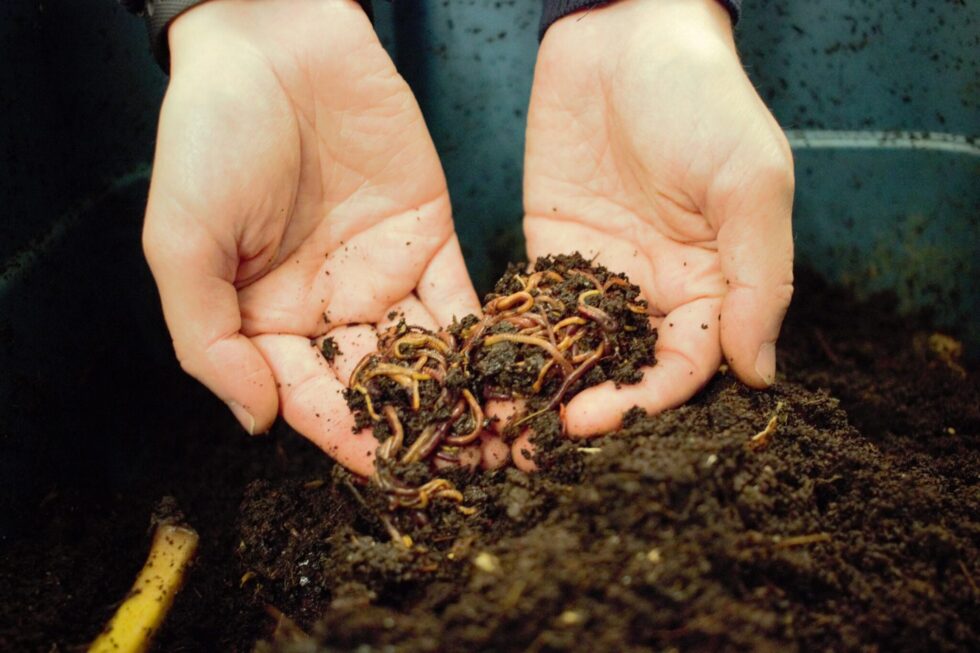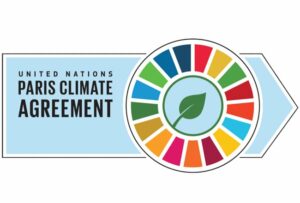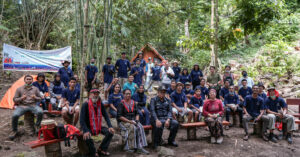What comes to mind when you hear the word worm? For some people, worms may appear to be something absurd. But did you know that earthworms may actually help us turn our organic waste into fertilizer? Yup, this waste-processing method involving earthworms is known as vermicomposting.
George Oliver Sheffield was the first to introduce this method in 1941. He claimed that vermicomposting is an efficient and effective way to turn kitchen and yard waste into high-quality compost. Are you interested in learning more about the process? Let’s continue reading this article to get to know more about vermicomposting!

What is the vermicomposting process like?
The process isn’t particularly difficult in its essence. Our organic waste will be consumed by earthworms, who will store it in their bodies. The earthworms will then go through the excretion process, removing a substance called casting. Earthworm casting has 5 times more nitrogen and 11 times more potassium than ordinary soil, making it an excellent fertilizer. The content of these two elements is very important for plant growth and fertility.
What kinds of waste can be composted using the vermicomposting technique?
Plant-based organic waste is the best sort of organic waste for vermicomposting to turn into fertilizer. For examples are vegetable and fruit leftovers (including skins, leaves, seeds, and other pieces), dried or dead plants, and tea and coffee grounds. However, avoid giving leftovers that are acidic, such as oranges, lemons, and garlic because earthworms can’t eat anything that is too acidic. Meanwhile, animal-derived organic waste, such as meat scraps, dairy products, and animal manure, will be less effective to treat with this method since it stinks and attracts pests.
It would be preferable if the size of your organic waste could be reduced before giving it to these worms. When you have a banana peel, for example, you can cut it into small pieces instead of giving it to the worms whole. This will allow them to turn organic waste into fertilizer more quickly.
What about the earthworm’s species?
Earthworms come in a variety of shapes and sizes. Usually, those used for the vermicomposting process are epigeic earthworms or garbage-eating earthworms (lumbriccus rubellus and eisenia foetida). Both species of earthworms are reddish-brown in color and are actually not that difficult to cultivate. However, because their shape, size, and color might be quite similar to other types of worms, it’s better to be cautious and consult with experts when we first start cultivating them.
So, are you interested in experimenting with earthworms to generate your own fertilizer? You know, there’s nothing wrong with giving it a shot! It’s best to start with a small number of earthworms if it’s your first time, as they can reproduce quickly. After 3-6 months, the worms should have accumulated enough fertilizer in the container to use. Apart from being able to better manage your organic waste, vermicomposting also produces fertilizer that can be utilized to fertilize your various plants.
Furthermore, you can also ask your family and friends to do vermicomposting with you to make it more enjoyable. By doing that, this means that you have become an environmental diplomat who contributes to environmental conservation efforts. Isn’t it cool? To be more prepared to become an environmental diplomat, let’s join the School of Eco Diplomacy (SED) held by the EcoNusa Foundation! Don’t forget to keep an eye on the EcoNusa website and social media accounts to make sure you don’t miss out on the next SED!








